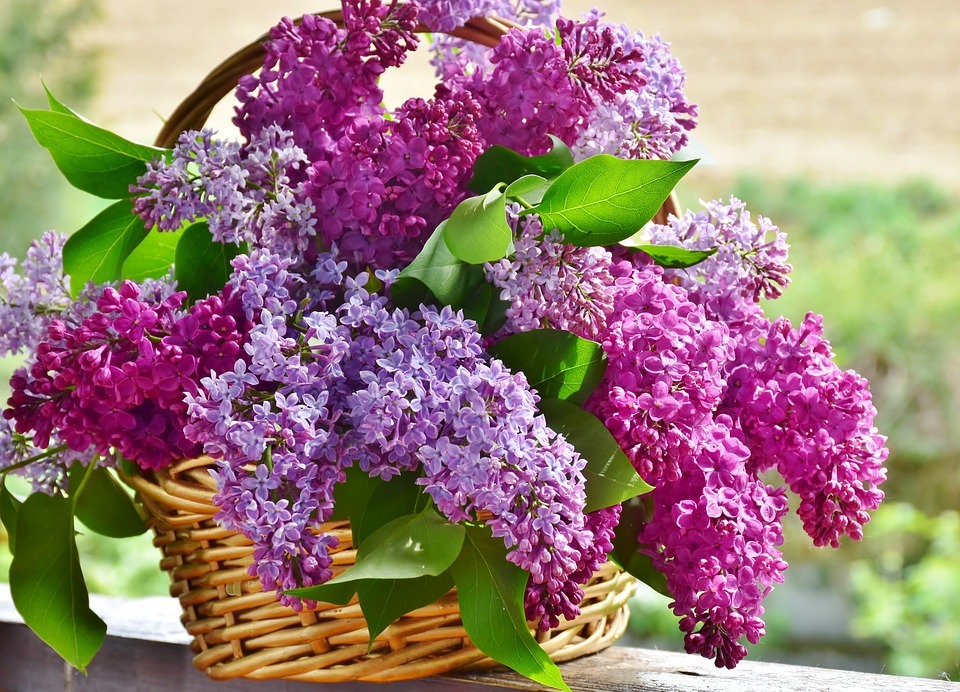Also known as the “Queen of Shrubs,” lilacs are one of the most resilient and most aromatic flowering bushes that you can have in their gardens. You might identify them as a flower that you have seen from your grandma’s garden. In fact, nostalgia is one of the critical factors why lilacs have been gaining popularity over the years. These talked flowers commonly have the shades of purple, pink, white, and blue. Having lilac in your garden is a plus because they add both height and softness. This is because most types of lilacs can grow up to 10 feet tall.
Aside from its exquisite and pretty appearance, the lilac’s scent is what makes it stand-out in the garden. The aroma of a lilac plant gets even stronger when they are under full sun, and it is usually used in making soaps and perfumes. If you happen to have lilacs in your yard or garden, then you know how dear it is to see them bloom because most blooms can only last a few weeks every year. In this article, we are going to list down some interesting facts about this fabulous shrub.
Lilacs belong to the family as the Olive Tree – Lilacs are shrubs that is a member of the Oleaceae family. This family has over 20 different plant species, including ash, jasmine, and of course, olives. Inside this species, there are over 1,000 varieties of lilacs, including trees. Lilac trees such as the Japanese tree lilac and Peking can grow at the heights of more than 30 feet tall.
Each lilac color has different meanings – Even though lilac generally represents renewal and confidence, each of its colors has its own specific purpose, and these are:
- White – represents purity and innocence,
- Purple – stands for spirituality.
- Blue – symbolizes happiness and tranquility.
- Magenta – signifies love and passion.
The yellow lilac, or most commonly known as the ‘Primrose,’ is not common in American gardens because it only introduced in 1949. Which is why it still doesn’t have any symbolic meaning.
Lilacs have different significance in every culture – Lilacs is known to symbolize renewal because they are known to be early bloomers. But these shrubs also have different meanings and symbolization in various cultures over the centuries. For example, the Celtics saw lilacs to be magical because they have a sweet scent. In the Victorian age, lilacs symbolize an old love, widows often wore lilacs during this time. And in Russia, holding a branch of lilac over a newborn baby was believed to bring wisdom.
Lilacs also attract presidents, too – Lilacs was first cultivated in Asia and Eastern Europe. During the 17th century, Lilacs were brought over to America by colonists. Even if they weren’t natural to the United States, they quickly rose to popularity with Americans. Even Thomas Jefferson and George Washington grew lilac shrubs in their gardens.
Lilacs are remnants of old farms – As we mentioned above, lilacs are one of the most resilient plants that you can have in your garden, and they are also known for their long lives. In fact, several lilac shrubs variety can live up to a hundred years old. Because of their long life, they tend to survive even longer than the home of the person who planted them. This is why if you happen to be on a country road and you notice seemingly-random lilac bushes, there was probably a house or farm that stood there in the last century.
Lilac’s History Is Rooted In Greek Mythology – Ancient Greek considers lilacs as an essential part of the story of Pan, which is a story about the god of forests and fields. The story is about Pan who fell in love with Syringa who is a nymph. As Pan was chasing Syringa through the woods, she decided to turn herself into a lilac shrub in order to disguise herself because she was frightened of Pan. Pan eventually found a bush and used some of it to create the first panpipe. Syringa’s name is from the Greek word “syrinks,” which means pipe. And it also happens to be where lilac’s scientific name came from.
If you don’t have them in your garden yet, then we suggest that you give lilacs a try. Not only can they bloom year after year, but they can also give your senses a show with their colorful, vibrant blooms and sweet scents.

